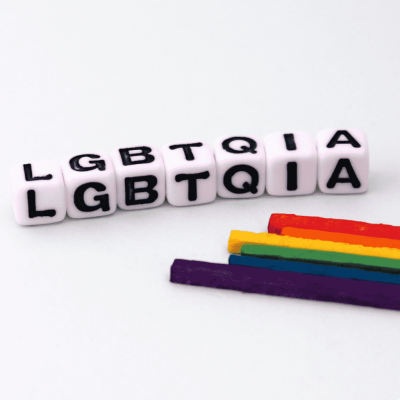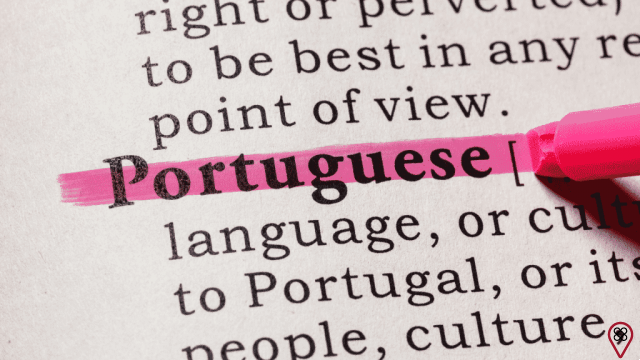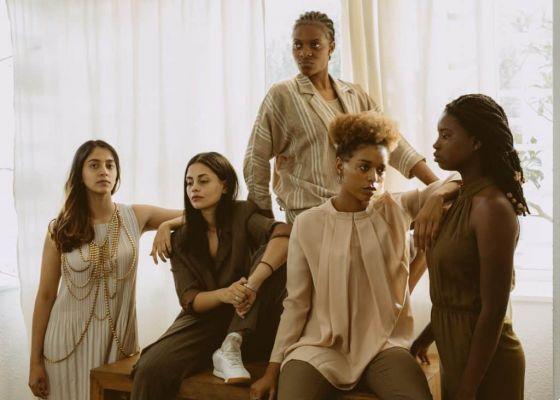If you zap through social media, you must have come across pronouns like “elxs”, “el@s”, “iles” or “elus”. Or did you find out about this recently, have no idea what it's all about and are trying to understand? Whatever the case, we prepared an article with the intention of explaining what this neutral pronoun is, what is the purpose of neutral language and how to deal with it.
It is important to remember that this text is not intended to defend or repudiate the proposed language and neutral pronoun. That will be up to you, after reading and understanding about it.
progress times
Before explaining what neutral language and neutral pronoun are, a contextualization is in order. Modern times, in which almost everyone has access to the internet and social networks, have given voice and space to people who, in past decades, did not find in traditional publishing media an opportunity to express themselves and spread their ideas.
Even though trans people, for example, have been around for as long as the world has been, it was only now, with the advent of platforms that allow anyone to publish, that they were able to start expressing themselves freely and also connecting with other people with situations and situations. related interests.

In the midst of these dialogues and sharing, many news has been discussed when it comes to LGBTQIA+. And one of them is neutral language, which aims to transform our language and our communication, with the aim of making them more inclusive and tolerant.
What is inclusive language?
For some years now, a concept called inclusive language has been discussed. The objective of this communication model is to communicate without any group feeling excluded or made invisible, but also without changing the structures of the language, just taking advantage of the tools and words it offers.
Good examples of this are phrases like "good morning everyone" or "happy Doctor's Day" instead of "good morning everyone" or "happy Doctor's Day". In our language, it is common that, when we talk about collective, we choose the masculine words, so “all and all” become just “all” and “fathers and mothers” just become “fathers”, just to cite an example. The purpose of inclusive language, therefore, is to include both men and women, avoiding nouns, pronouns and adjectives that include only the masculine gender.
What is neutral language?
More recently, new discussions have emerged regarding the need to include non-binary people in communications, that is, people who do not fully identify with the masculine or the feminine gender - and there are many variations between these two genders, such as agender (complete absence of gender identification), pangender (live all possible and accessible genders, without definitions), bigender (identification with male and female genders), among many others.
If, for example, there are people who do not identify with the masculine or feminine gender or who have another identity that deviates from this binary pattern, just saying “good morning everyone” does not include them, right?

That is why alternatives that do not respect the cultured norms of the Portuguese language, which is a language that requires masculine and feminine genders in its formal communication, have been used as possible alternatives among those who are transgender and do not identify with pronouns, nouns and adjectives with masculine or feminine endings.
Then, new ways of writing words emerge, such as “friends”, tod@s” and “todes”, for example, which replace the endings “a” and “o”, normally associated with the feminine and masculine gender, respectively, with alternatives that include those who are transgender.
What is neuter pronoun?
One of the main issues when we talk about neutral language is the neutral pronoun, which has been moving discussions on social media and in life off screen, even among people who are not LGBTQIA+.
The neutral pronoun is nothing more than the use of alternative pronouns that escape the rules of the cultured norm of the Portuguese language to include non-binary people. Instead of, for example, “ele/ela” or “dele/dela”, “elu” or “ile” and “delu” are used.
It is important to say that, as it is still a new topic that generates debates, including about its feasibility in the language, there are no rules for the use of pronouns and neutral language, so while some people prefer to write “elu”, others prefer "elx" or "el@".
And how is the Portuguese language?
Portuguese, like other Latin-derived languages ​​such as Spanish, has gender markings in almost all of its words. “Table” is a feminine noun. “Puff,” a masculine adjective, and so on. Just to show the language differences, in English, “table” and “sad” are words without any gender: “sad boy” and “sad girl” are spelled without gender change in adjective.

There are those who argue that our language does not allow flexibilities such as neutral language precisely because the differentiation between male and female is in its structure and, to implement something like this, it would be necessary to re-educate the entire population or wait for this change to be something spontaneous, as the change, in the XNUMXth century, from “you” to “you”, which happened naturally between people.
On the other hand, those who defend the use of inclusive communication argue that the way we express ourselves reveals our values ​​and beliefs, so maintaining a communication that includes only two possible genders and that has collectives that always inflect for the masculine gender shows a society little concerned with the needs and desires of transgender people and who remains patriarchal, placing men above women. For them, language needs to bend to reality and adapt, rather than limit.
Other examples of neutral language
In addition to the use of neutral pronouns and the attempt to include all genders in communication, other ideas are defended by those who advocate a more inclusive language. Check out some of them:
You may also like
- Learn about asexuality and its characteristics
- Understand what it takes to have true social inclusion
- There is no sin in love! Fight against homophobia
• Instead of using masculine nouns when it comes to collectives, look for collective words that demonstrate diversity. Eg: “the youth”, instead of “the youth”, “the board”, instead of “the directors”;
• Where possible, identify institutions and groups with inclusive nouns rather than masculine collectives. Eg: “the policewoman”, instead of “the police”, “the working class”, instead of “the workers”.
Now that you understand what language and neutral pronouns are, what do you think of this idea? In your opinion, should we try to make this attempt at inclusion in our communication or should we remain inflexible about the rules already established in our language? Share your opinion with us!

























